When it comes to enhancing the aesthetics of your home, flooring plays a vital role, and what better way to adorn it than with carpets and rugs? These versatile floor coverings can be utilized in various rooms such as the living room, bedroom, and even the kitchen.
In this discussion, we will focus on carpets and explore the different types available. Each type offers unique characteristics and features, allowing you to choose the one that best suits your preferences and needs.
Carpets can be categorized based on their construction and the fiber materials used. With a wide range of options to consider, let’s delve into the list and discover the perfect carpet to elevate your home decor.
Based on The Construction
Carpets, with their woven piles, come in different constructions that determine their appearance and texture. There are two main types of carpets based on construction: loop pile and cut pile.
Loop pile carpets are created by forming loops of yarn, which can be left as is or tufted to create various patterns and designs. These carpets are known for their durability and resistance to wear and tear. They are a popular choice for high-traffic areas due to their ability to withstand heavy use.
On the other hand, cut pile carpets have their loops cut, resulting in a plush, soft surface. This type of carpet offers a luxurious and cozy feel underfoot. Cut pile carpets come in different styles, such as Saxony, plush, and frieze, each with its own characteristics and aesthetic appeal.
Both loop pile and cut pile carpets have their advantages and can add warmth and comfort to any space. The choice between them depends on personal preference, the intended use of the carpet, and the desired look and feel for your room.
1. Loop Pile
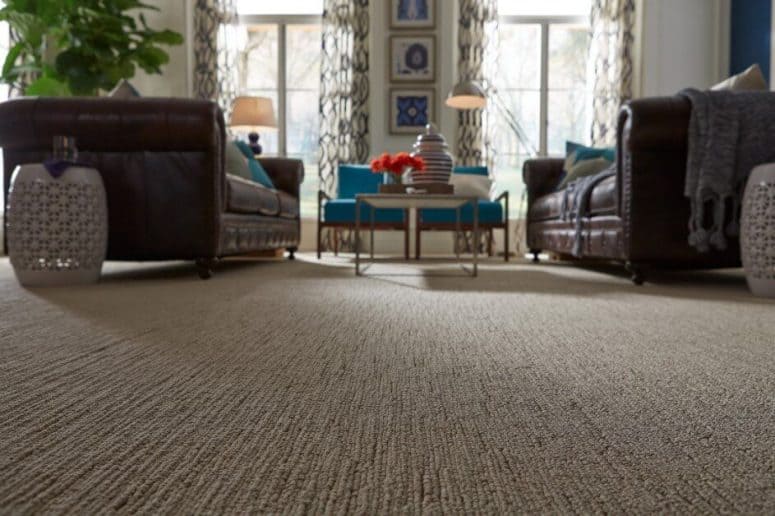
Level loop carpets, also known as Berber carpets, have short, even loops that create a flat and level surface. These carpets are often chosen for high-traffic areas due to their durability and resistance to wear and tear. Level loop carpets, like those showcased in the loop carpet gallery by Shaw Floors, maintain their appearance and texture even with heavy use.
On the other hand, multi-level loop carpets feature loops of varying heights, creating a more textured surface. This construction method allows for the incorporation of patterns and designs by manipulating the loop heights. The result is a visually interesting carpet with a unique texture.
Whether you opt for a level loop carpet or a multi-level loop carpet depends on your personal preference and the desired aesthetic for your space. Level loop carpets provide a smooth and even surface, while multi-level loop carpets offer a more textured and patterned look. Consider the traffic levels in the room and the overall design scheme when selecting the appropriate loop pile carpet for your needs.
2. Cut Pile
Cut pile construction refers to carpets that have individual strands of fibers that are cut at the ends, resulting in a plush and soft surface texture. This type of carpeting offers a range of options with varying levels of durability.
One type of cut pile carpet is known as plush or velvet carpet. It features a dense, even surface with a smooth texture, providing a luxurious and comfortable feel underfoot. However, plush carpets may show footprints and vacuum marks more easily due to their dense construction.
Another variation is the Saxony carpet, which has longer and twisted fibers that create a more pronounced texture. Saxony carpets offer a plush and elegant appearance, but they can also show footprints and require regular maintenance to keep their look intact.
Frieze carpets, also known as twist carpets, have tightly twisted fibers that create a durable and resilient surface. The twisted fibers help to conceal footprints and provide a more casual and contemporary look.
Lastly, there are cut pile carpets with a textured appearance. These carpets have a combination of high and low loops, creating a visually interesting pattern and texture. Textured cut pile carpets are great for hiding dirt and stains, making them a practical choice for high-traffic areas.
When choosing a cut pile carpet, consider your desired level of softness, durability, and the specific needs of the room. Each type offers a unique feel and appearance, allowing you to find the perfect balance of comfort and longevity for your space.
-
Plush

While plush carpets offer a lavish feel underfoot, it’s important to note that their high density can make vacuuming and cleaning a bit more time-consuming. Additionally, the dense surface of plush carpets can be more prone to showing stains and marks left by footprints.
Despite these considerations, the sumptuousness and elegance of a plush carpet make it a popular choice for those seeking a luxurious and cozy flooring option. Just be prepared to give it a little extra care and maintenance to keep it looking its best.
-
Saxony
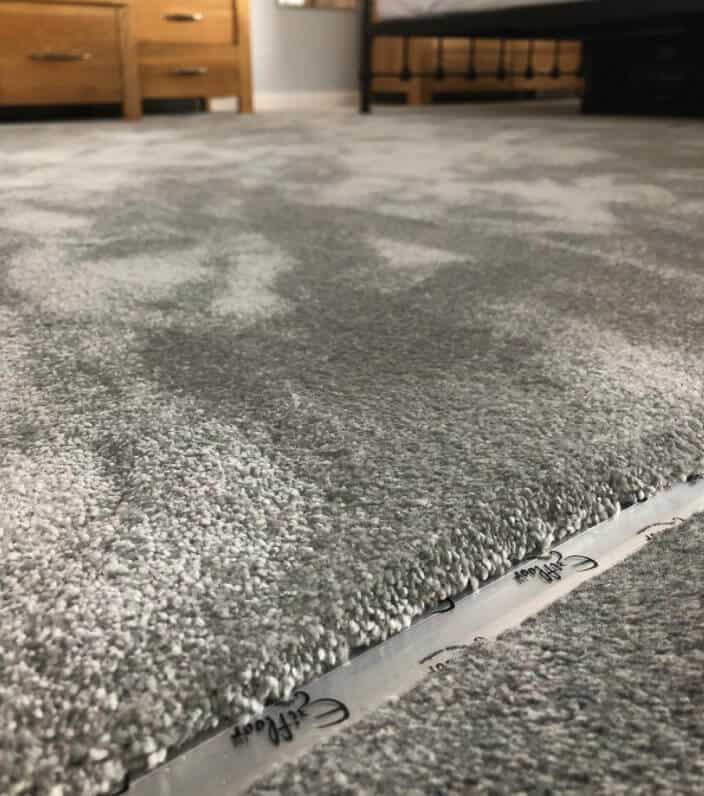
-
Textured

Textured carpets are highly favored for their unique patterns and surface embossing. They are crafted using cut-pile and twisted fibers, which contribute to their distinct texture.
One of the advantages of textured carpets is that they tend to hide dirt and stains quite well. This makes them an excellent choice for rooms with high foot traffic, as they maintain their clean appearance for longer periods.
However, it’s important to note that regular cleaning is still necessary. Placing a doormat or any dusty items near the carpet can result in darker or paler spots, detracting from its overall look. To ensure proper installation and maintenance, it’s recommended to rely on the expertise of professionals. They can ensure the textured carpet is properly fitted and maintained, allowing you to enjoy its unique aesthetic appeal.
-
Frieze
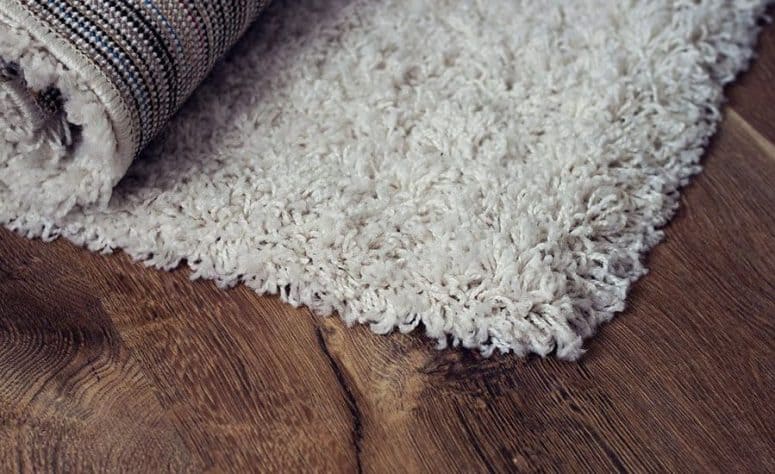
Based On The Fiber Materials
1. Nylon

2. Olefin
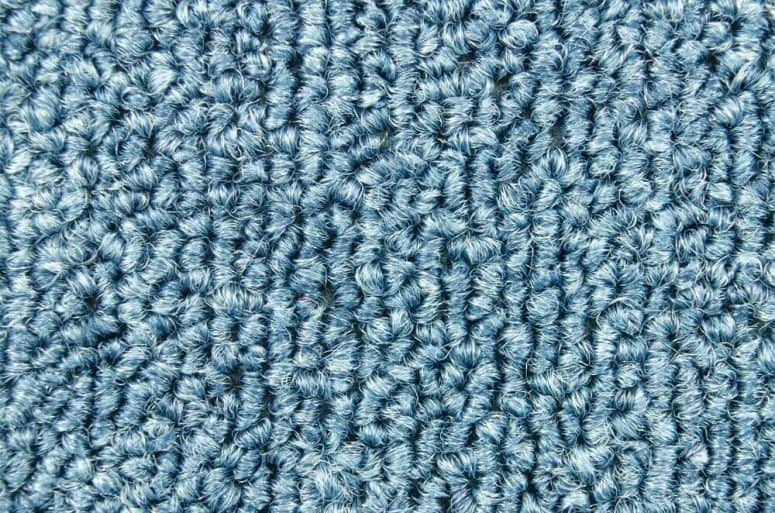
3. Acrylic
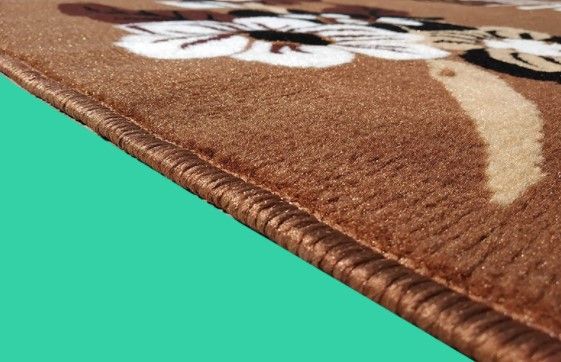
Acrylic is a synthetic fiber used in carpeting and is an alternative to nylon. This type of carpet is composed of acrylonitrile, which is a clear plastic material. Acrylic carpets closely resemble the texture, feel, and appearance of wool carpets, but at a more affordable cost.
One of the notable advantages of acrylic carpets is their vibrant color retention, even when exposed to high levels of sunlight. Additionally, acrylic is known for being easy to clean, simplifying the maintenance process. However, it is important to note that acrylic is prone to staining from oils and chemicals.
With its wool-like aesthetics, durability, and resistance to color fading, acrylic carpets provide a budget-friendly option for those seeking a stylish and low-maintenance flooring solution. Just be mindful of its vulnerability to certain types of stains for optimal care.
4. Wool
